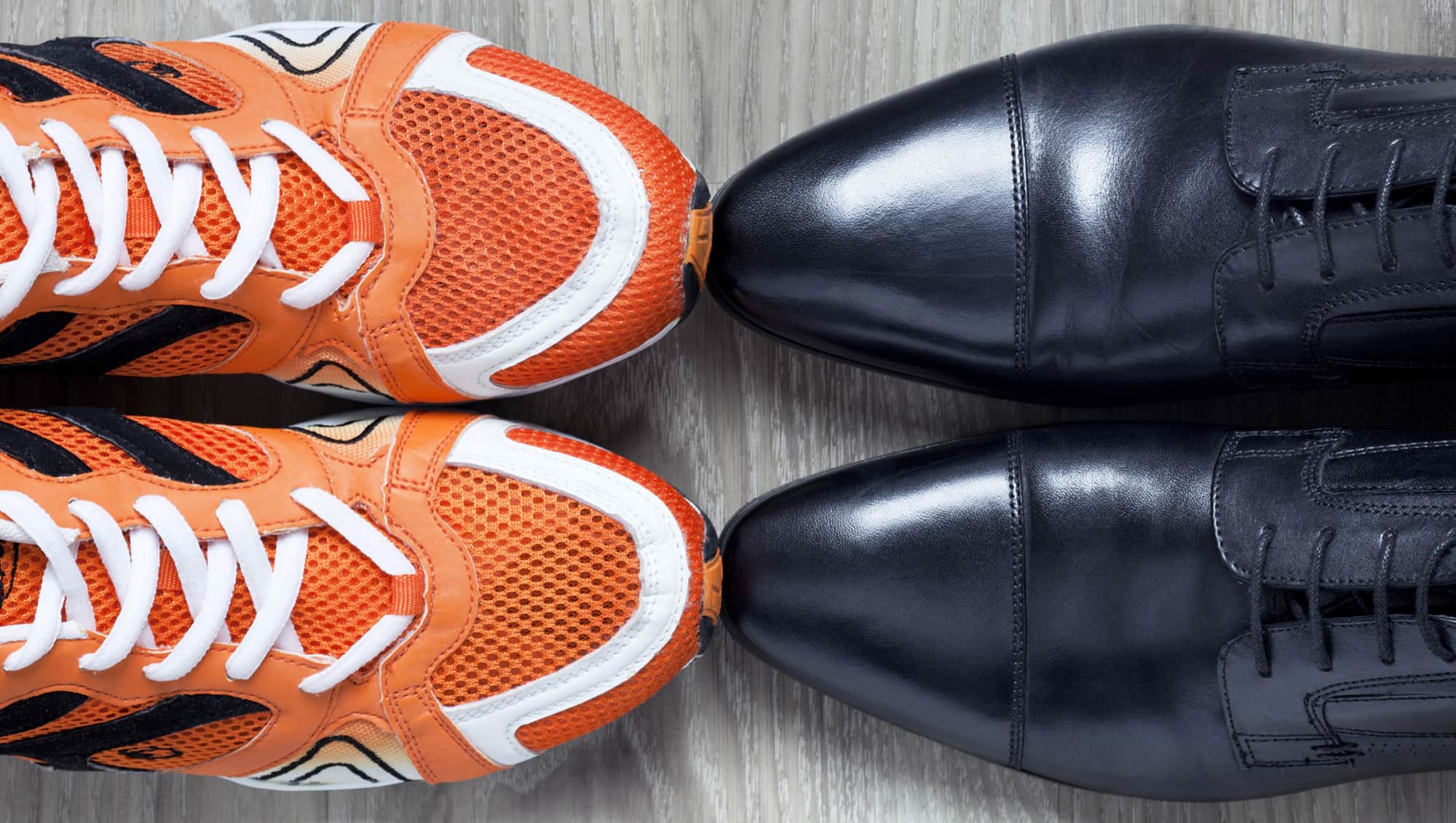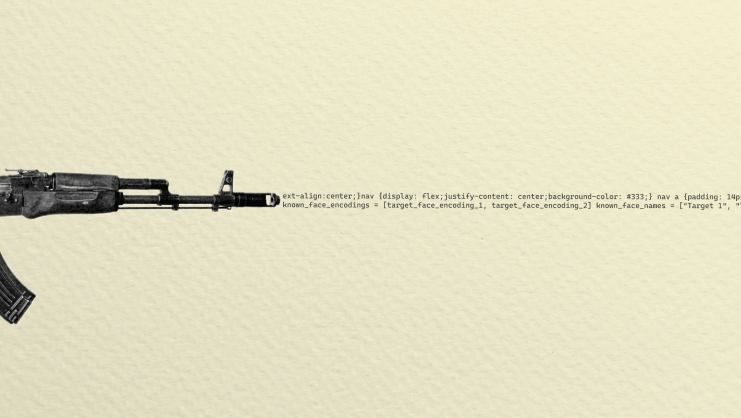The mixture of sports and fashion is more than a trend; it reflects a shift in society’s values. Everywhere you look, people are more interested in things like health, recycling, and environmental protection. Sportswear brands have responded by combining their necessary and traditional innovations in technical features and design with a new way of understanding the sports aesthetic: athleisure—a cross between athletics and leisure.
Sportswear and sporting goods brands have started to adapt to this new reality. Now, in addition to research and product development, they are also emphasizing new customer preferences and needs. Brands are learning to differentiate between what their products—especially technical ones—are designed for and what people actually use them for. These companies must figure out who their customers are and focus not only on providing clothes and shoes for sports but also on the possibility—and profitability—of other uses. More and more products originally designed for competition are starting to show up on the red carpet at the Oscars.
This shift from sports accessory to fashion item originated with American women who attend yoga classes. The trend is for men’s and women’s attire to become more similar, so what seems crazy now might turn out not to be. Jeans will soon be replaced by leggings—in every color, to match any outfit. Layering is essential, so everything must be interchangeable and matchable.
The good news is that more and more people are taking an interest in healthy living and well-being, and sports brands have responded by segmenting their sales. What’s more, it’s definitely a good thing that mixing sports and fashion is seen as acceptable. However, manufacturers run the risk of failing to manage the situation and getting dragged along, losing sight of their long-term business, their roots, and the DNA of the brand, not to mention their connection with the consumer, the one who ultimately sets the trend.
The United States is the world’s biggest market for sportswear; in Europe, Germany leads the pack, followed by France, Spain, Italy, and the United Kingdom. When it comes to athleisure, Europe’s top countries are France and Italy. Another major force is Japan, a country frequently visited by design teams from major brands.
Sportswear brands are combining their necessary and traditional innovations in technical features and design with a new way of understanding the sports aesthetic.
New values
Sports have become a part of society. Sportswear companies need to realize this so that they can align their business with these new values. Another important factor is that distances are getting shorter. Athleisure isn’t just for women: expect to see the mixture of sports and fashion on more and more men in positions of responsibility. And people of advanced age also wear sneakers. This is an unstoppable reality that affects all businesses.
Sportswear brands also need to keep an eye on millennials, who in five years will account for nearly 50% of the workforce. The next big thing is green juice, a healthy lifestyle, and a clean-cut look. This aesthetic is closely associated with the values of our new society, so perhaps it’s not a trend but a real change.
Trends
Models like Elle Macpherson—who has never run a marathon—walk around with all the gear: high-performance sport shoes, leggings or stretch pants, several layers of clothing, sunglasses, and a handbag. That’s the current trend, and it won’t be long before this look reaches the cities and suburbs of Spain. But it won’t be a free-for-all: brands will have to work to create attractive looks for each season. For now, this trend—which hasn’t yet reached retail outlets—is served by specialized personal shoppers only in the United States. The final consumers are the ones who ultimately decide whether a look is good. The formula is to combine luxury sportswear with expensive technical items from good brands, to give an impression of fitness without setting foot in a gym.
Sports brands must face the challenge of maintaining their position. It is very important to know who is wearing a particular item, as this factor can bring down a brand. It is a major challenge for a prestigious brand to maintain its identity, because the goal is to keep doing business for many years. The second key factor is technology. Sportswear must be innovative and the materials must evolve, because design is no longer just a question of color.
Sports have become a part of society. Sportswear companies need to realize this so that they can align their business with these new values.
Limited edition
Sportswear brands like to create limited editions targeting sneakerheads—people obsessed with collecting exclusive models of athletic shoes, especially those designed for basketball or skateboarding. This trend, which started in the United States in the 1980s and has since spread across the globe, has been successfully exploited by the sportswear industry through the launch of collections designed to feed demand. Limited production drives up prices. The top brands have even opened stores specialized in limited-edition products.
Limited editions are important because they symbolize status and exclusivity, and the sportswear industry must learn to manage this rising phenomenon. This is, in fact, a resale business: in some cases, especially with basketball brands, limited-edition sneakers can be resold for €1,000. On a business level, these shoes have made an impact, since they are all over social media and preferred by singers, artists, and models.
Sporting goods brands must be careful with their segmentation, separating each group of customers in order to offer the right items to meet the demand. Nowadays, it is crucial to know what is offered at each point of sale by using a model in which each establishment sells products associated with its consumer profile.
Here’s a question: What business are sportswear brands in? Brands must be very careful to ensure the sustainability of their business. The athleisure trend is huge and prices are very high, but is it really sustainable? Is it being managed well? What’s clear is that brands must be very attentive to demand, but without losing their roots. Customers are looking for authenticity, and historic brands have stories to tell.
As for the product—that is, materials and technology—brands should let the athleisure trend continue, while paying close attention to segmentation. At ASICS, we will continue to make the best shoes we can, while also segmenting the market, recognizing new trends and consumers, and adjusting our products accordingly. It is possible to sell sports and fashion at the same time without losing credibility. The customers will decide whether they want purely technical sportswear or garments that can be mixed and matched for a trendy look.
© IE Insights.











